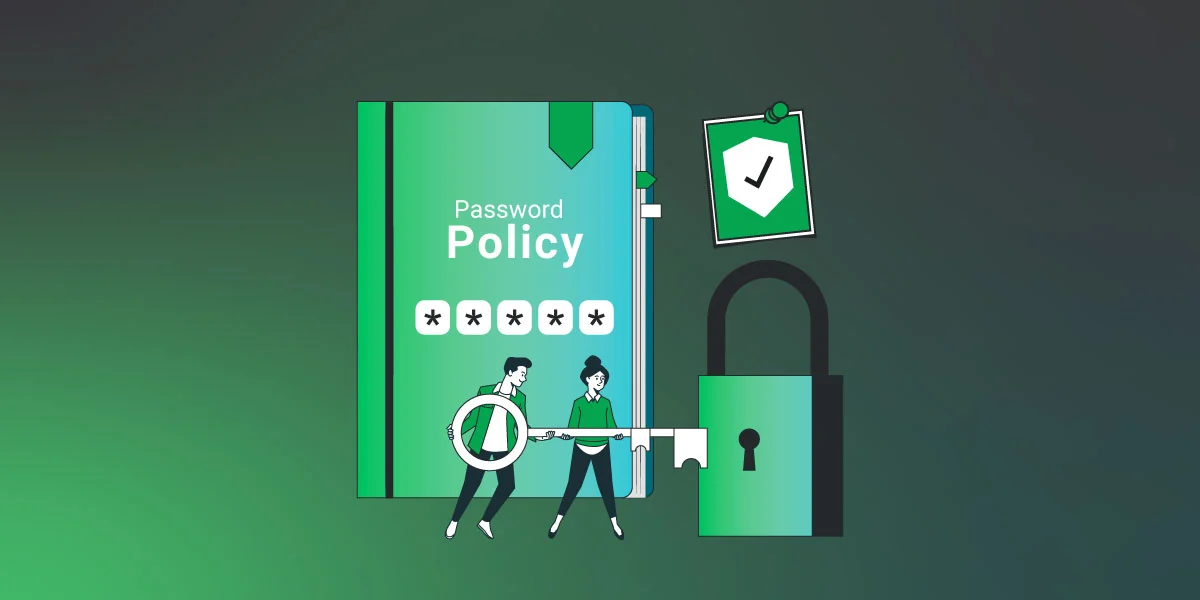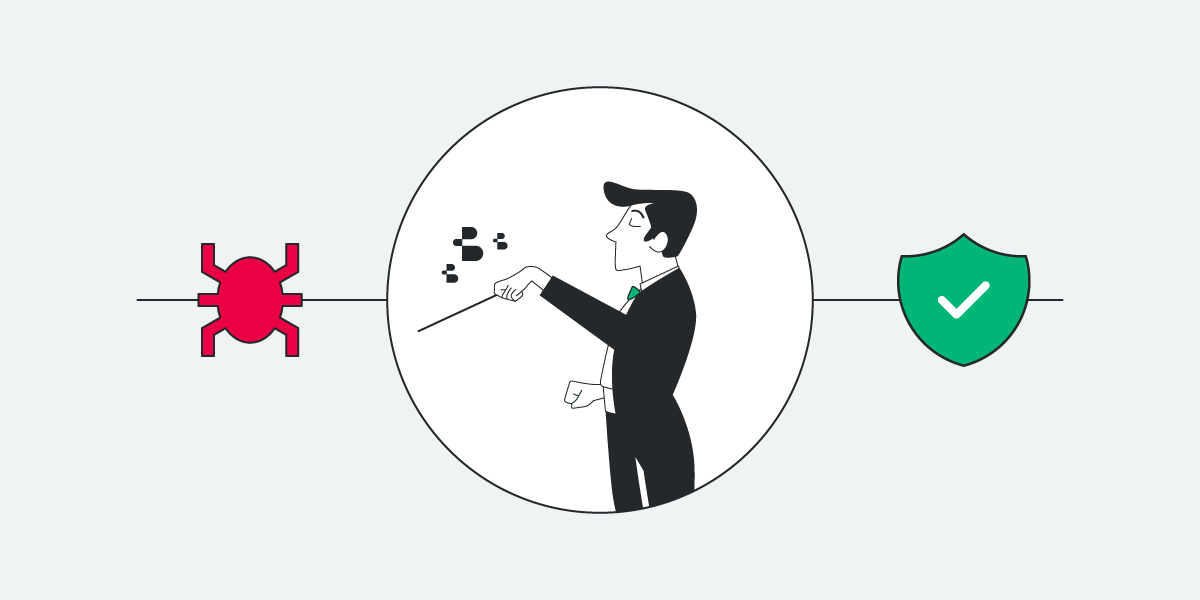Quick Guide to Strengthening Your Password Policy
June, 26, 2025
3 minutes read

Although every day cyberattacks are becoming more sophisticated, cybersecurity must start with the basics! It is estimated that approximately 81% of cyber breach violations related to hacking are due to weak or reused passwords. This makes passwords one of the digital realm’s first and most important lines of defense. However, many companies still overlook this aspect of their security policy, leaving them vulnerable to attacks. To avoid these risks, it is essential to strengthen your password policy. Here’s a simple yet effective guide to achieve that.
1. Create Strong and Unique Passwords
Passwords should be difficult to guess. Encourage the use of a combination of uppercase letters, lowercase letters, numbers, and symbols, avoiding obvious data like names, birthdates, or common words. Each account should have a different password so that if one is compromised, the others remain secure.
2. Implement a Periodic Change System
Set the policy to change passwords every few months, such as every 3 or 6 months. This reduces the risk of a compromised password being used for a long time. However, avoid excessive changes that might lead to insecure practices, such as writing down passwords in accessible places. Some platforms or software already have default options to generate periodic password changes. Make sure these options are enabled.
3. Use Password Managers
Complex and varied passwords are difficult to remember. To manage this complexity, use reliable password managers that store and generate secure passwords for you. This makes it easier to maintain strong passwords without forgetting them. Today, many password managers offer enterprise plans suitable for your entire team.
4. Activate Two-Factor Authentication (2FA)
Adding a second layer of security, such as a code sent to another mobile device or an authentication app, makes it much harder for someone to access your accounts even if they obtain your password. Implement 2FA as a mandatory policy within your organization.
5. Train Your Team and Users
Digital security education is key! Conduct regular training sessions so everyone understands good practices, the risks of weak passwords, and the importance of not sharing them. Remember, people are the first line of defense for your organization.
6. Establish Clear and Accessible Policies
Define simple rules for creating and managing passwords, and communicate them clearly to all team members. Provide resources such as quick guides or examples to ensure everyone can comply with the established policies.
7. Monitor and Audit Regularly
Periodically review policies and user passwords to detect vulnerabilities. Use tools that help identify weak or repeated passwords and implement improvements.
8. Implement a Holistic and Comprehensive Cybersecurity Strategy
To maintain control over devices accessing your infrastructure, you need full visibility of your endpoints. Platforms like Batuta facilitate this work. Batuta’s comprehensive approach provides organizations with full visibility of their IT structure, identifying vulnerabilities and allowing rapid response to potential incidents. A good cybersecurity strategy, combined with the right tools, will help ensure your business’s success.
Strengthening your password policy protects your personal and business information and prevents potential cyberattacks that could impact your company’s finances and reputation. Don’t put your security at risk! Follow these simple steps to secure your company’s growth.


